This one started out like a quick turn. A Beechcraft Baron 58P, tail number N2061K, came into Lubbock Executive Airpark (F82) late morning on March 17, 2023. The pilot shut both engines down, deplaned two adults and two kids, and had the line truck refuel the airplane. It looked routine. A few minutes later he came back to the ramp on his cell phone, did a walk-around while still on that call, climbed in, and taxied for departure. A few miles per hour into the takeoff roll and moments after liftoff, things went sideways—literally. The airplane rolled left, inverted, and struck a field about a half mile off the end of Runway 35. The pilot did not survive. The NTSB concluded the left fuel selector was OFF, which led to fuel starvation on the left engine and a loss of control after liftoff.
Who Was Flying
The pilot was 26 years old and held a private pilot certificate with single-engine land and multi-engine land ratings, and an instrument rating for airplane. He had a current third-class medical. Investigators estimated about 920 total hours of flight time. The record did not establish how many hours he had in the Baron 58P specifically, and no logbooks were recovered. A training syllabus dated three days prior showed he had completed a twin-engine initial/recurrent session in an advanced aviation training device, but there was no documentation of a flight review or instrument proficiency check. In short: licensed and instrument-rated, reasonably experienced overall, but we don’t know his depth in this make and model.
The Turn on the Ramp
The timeline mattered. Surveillance video at the FBO captured a lot. The Baron parked around 11:11 local. Passengers deplaned. The pilot removed baggage, then a fuel truck topped the airplane about 11:23. At 11:27 he walked back out—cell phone pressed to his ear—and circled the airplane. He paused behind the right wing root, then near the left engine, often looking away from the aircraft. He got in at 11:30, briefly stepped back out, and then started the left prop around 11:32 and the right prop a minute later. He taxied at 11:35, held short of Runway 35 at 11:36, and began the takeoff at 11:37. A witness did not hear or see an engine run-up. The same witness described a normal liftoff about 2,200 feet down the 3,500-foot runway. Seconds later the sound changed. The airplane banked left. Another camera caught it nose-down, left bank, rolling inverted before impact.
The Break in the Chain
In multi-engine training we live and die by configuration. The Baron’s fuel system gives you ON, OFF, and CROSSFEED selections for each side. Post-accident examination found the left cockpit fuel selector handle bent aft to a spot between OFF and CROSSFEED—outside the normal range—but when investigators opened the valve, the internal gear was in the OFF position. The right selector had impact damage too, but its valve position indicated it had been pulled past OFF by the control cable in the crash sequence. Propeller signatures told the same story: the left prop showed low or no power at impact, near a feathered condition; the right prop showed rotation at a blade angle consistent with high power—think takeoff or initial climb. The NTSB’s analysis was straightforward: the left engine lost power from fuel starvation because the selector was OFF; the initial left roll was the airplane reacting to asymmetric thrust; what followed was a loss of control at very low altitude.
The Human Element
Distraction was a central theme. Phone records showed an incoming call at 11:28:14—right when the pilot walked back to the airplane—and that call continued for 12 minutes and 34 seconds, ending at 11:40:48. The phone paired with the aviation headset at 11:40:07, which means the call was still active through the taxi, takeoff, and accident sequence. That matched what the camera captured: a preflight conducted while on the phone. It also tracked with the witness statement about no run-up. None of that was inherently causal by itself, but it created a high-risk context for a set-and-verify error like a mispositioned selector. The NTSB didn’t find any medical or toxicology issues. This came down to task saturation and a missed configuration item during a busy, abbreviated turn.
Weather, Runway, and Performance Context
The conditions were benign. Visual day, 10 miles of visibility, a broken layer way up around 7,500 feet AGL, and cool temps. Winds were out of 050 at 10 knots gusting 17. On Runway 35 that set up a modest left crosswind, nothing outside the airplane’s capability. F82’s Runway 35 is 3,500 by 75 feet, elevation about 3,200 feet MSL. Density altitude was not a major player in mid-March with those temperatures and pressure. With both engines, the Baron had plenty of runway for a standard takeoff. With one engine not producing power at 20–50 feet AGL, it was a different game entirely. That close to the ground, you’re out of time to diagnose, identify, verify, and feather—especially if the failure mode is fuel starvation rather than a clean mechanical failure, and especially if your other hand still has you in the crosswind correction.
Why the Roll Didn’t Stop
In the classroom, we talk about “dead foot, dead engine,” confirm with power, then feather, clean up, and pitch for blue line. In reality, the first task is to fly the airplane—counter the roll with rudder and aileron, reduce drag, and buy time. Here, the video and wreckage signatures showed the left engine stopped making power and the airplane continued rolling left to inverted. That’s consistent with an unrecognized or uncorrected VMC roll. VMC (minimum controllable airspeed with the critical engine inoperative) lives near liftoff speed. If you lose the left engine—the critical engine on the Baron—below and through that speed, and the right engine is still producing high power, the yaw and roll toward the dead engine are aggressive. The only “fix” below VMC is to reduce power, lower the nose, and recover flying speed. None of that is intuitive when you just left the runway and the ground is close. The margin for error is razor thin.
Training and Recency Questions
Investigators found a simulator syllabus completed three days prior, which suggests the pilot was pursuing or refreshing multi-engine procedures. But there was no record of a flight review or instrument proficiency check attached to that training, and no logs to confirm recency. This isn’t a judgment—it’s a reminder. Even for personal flying, the heaviest workload we see is that short-turn, quick-departure profile with passengers recently dropped off, the fueler waiting, and our phone buzzing. That’s when checklists and flows aren’t optional. If there’s any gap in recency, the checklist becomes your backstop.
Safety Takeaways
First, sterile cockpit habits apply on the ground. If you’re on the ramp and the phone rings, let it go to voicemail or step away and restart your preflight from the top afterward. Calls that bridge preflight, start, taxi, and takeoff muddy the waters. The pilot’s call in this case spanned the entire sequence; the headset even paired while the airplane was moving. That’s a classic setup for a “missed switch” error—in this case, a fuel selector left OFF. Build a habit to physically touch, verbalize, and verify critical items before engine start and again before takeoff: fuel quantity and caps, selector positions, trims, flaps, and takeoff briefing.
Second, do the run-up—every time. A proper run-up wouldn’t necessarily have “caught” a left selector OFF if both engines were still running on residual fuel during taxi, but it increases the chance you notice fuel pressure or flow anomalies and re-engage with the airplane’s systems after a distracted walk-around. It also forces a pause to brief the takeoff and the engine-failure plan.
Third, treat the first 1,000 feet AGL on a multi-engine takeoff as a commitment to aviate first. The Baron will yaw and roll hard with the left engine out and the right at full song. If the failure happens in ground effect and the airplane starts rolling, the survivable move may be to reduce power on the live engine to stop the roll and fly the airplane back onto the runway environment. That’s counterintuitive, and it’s painful to say, but we practice it for a reason: control is king.
Finally, if you’re transitioning into a new type or haven’t flown it recently, be extra rigid about flows and checklists. Knowing the systems well enough to catch an abnormal selector position before you release brakes is the difference maker. The Baron’s left/right/CROSSFEED logic isn’t complex, but it’s unforgiving when mis-set.
Closing Thoughts
This accident didn’t trace back to weather or a hidden mechanical failure. It traced back to human factors—distraction during a quick turn—and a single switch in the wrong place. The Baron departed with the left fuel selector OFF, the left engine quit from fuel starvation, and the airplane rolled into the dead engine at low altitude. That’s a scenario every multi-engine pilot has briefed and practiced. The lesson here isn’t new, but it’s sharp: slow down on the ramp, own the checklist, and make the takeoff environment sterile. If you can’t bring your full attention, delay the departure. The smartest decision in multi-engine flying is often the quiet one you make before the props ever spin.

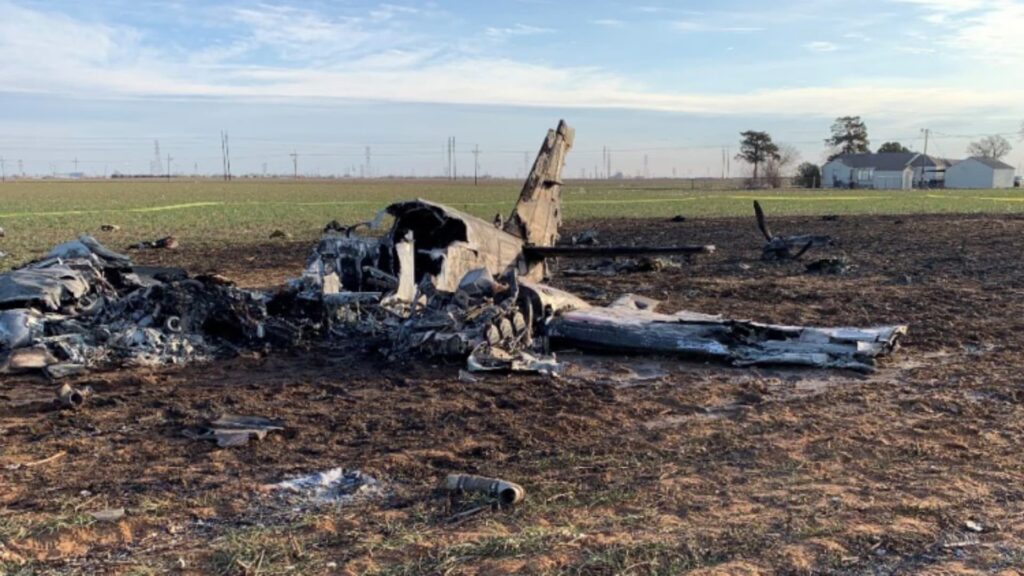



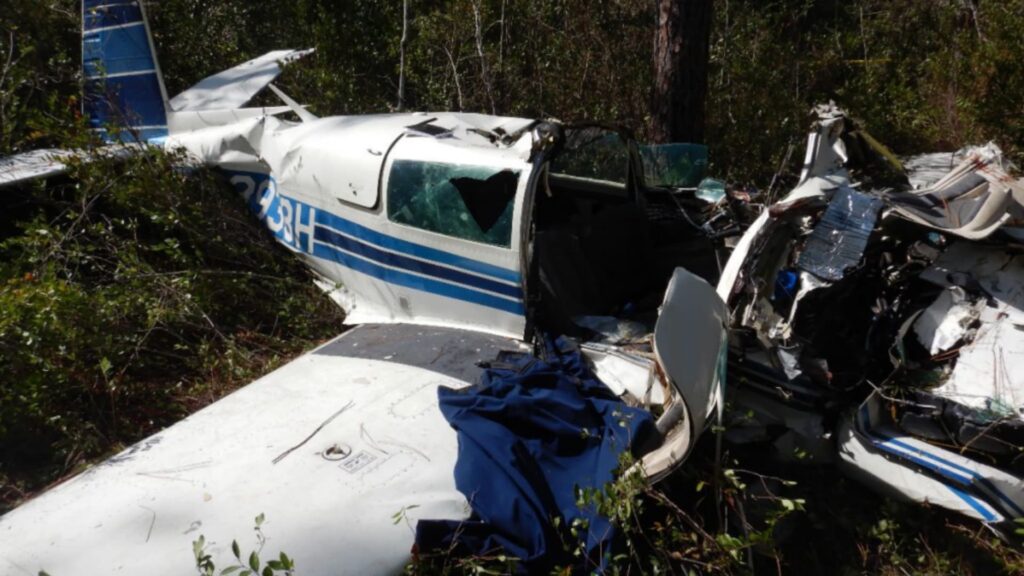
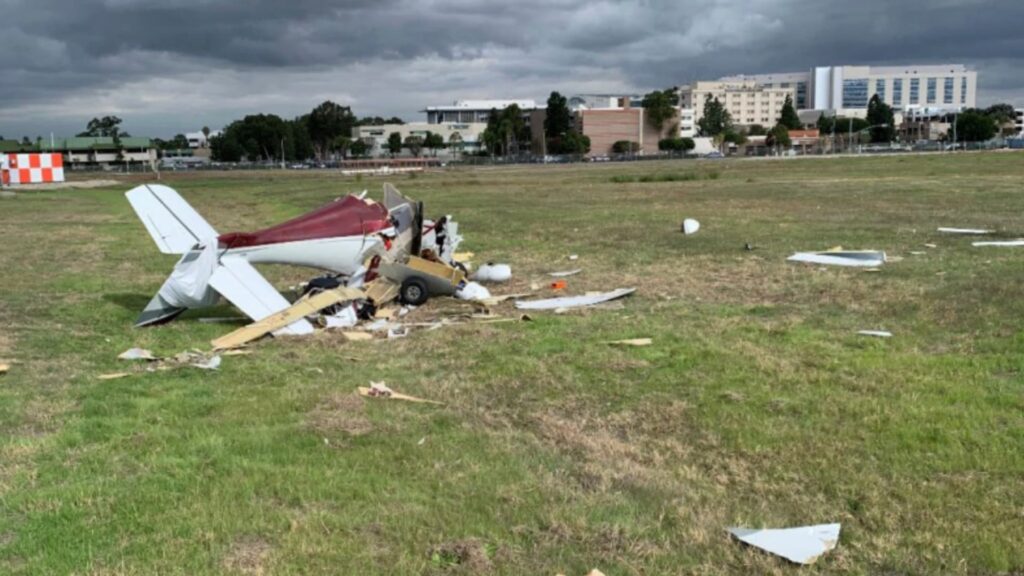
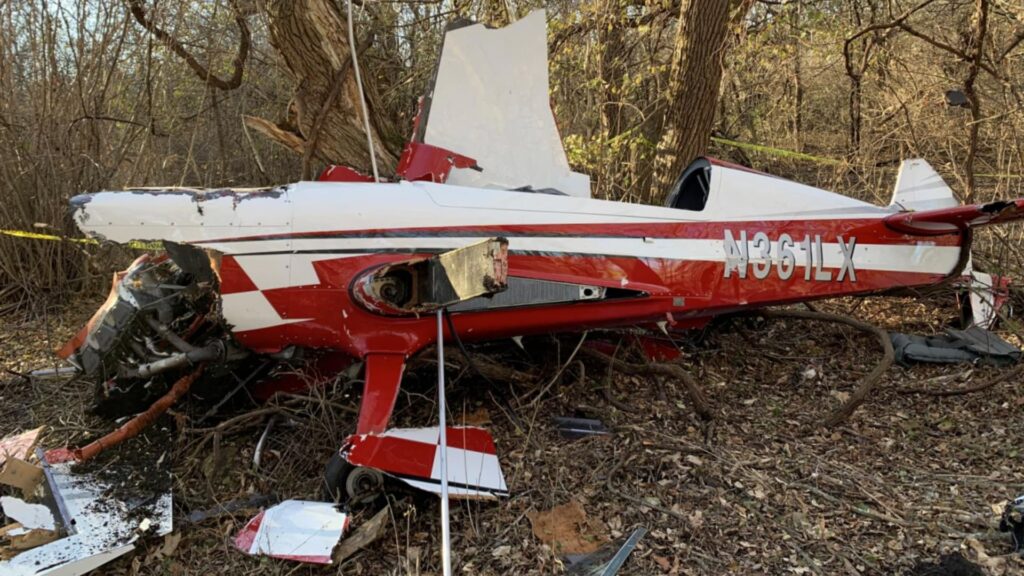
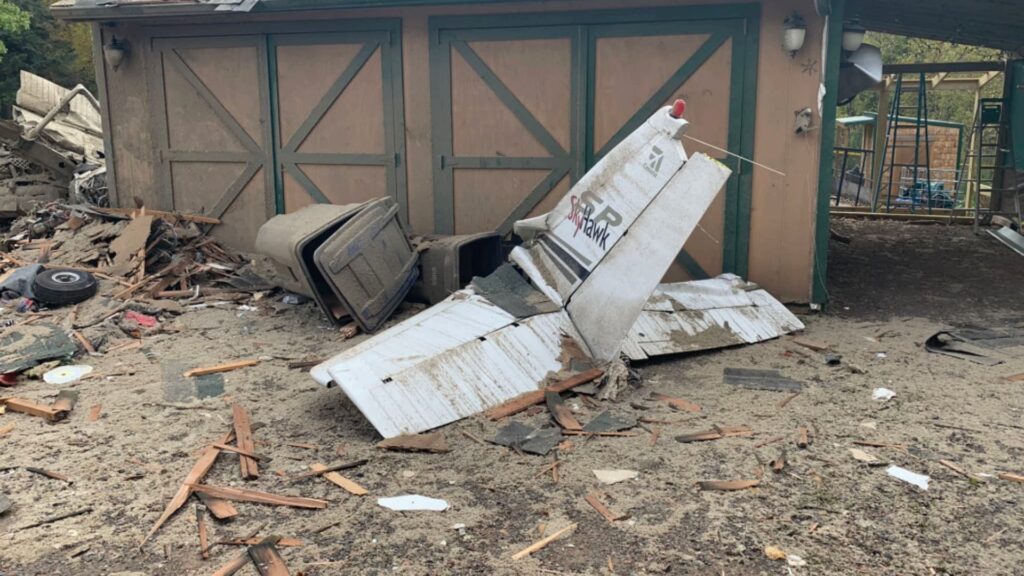
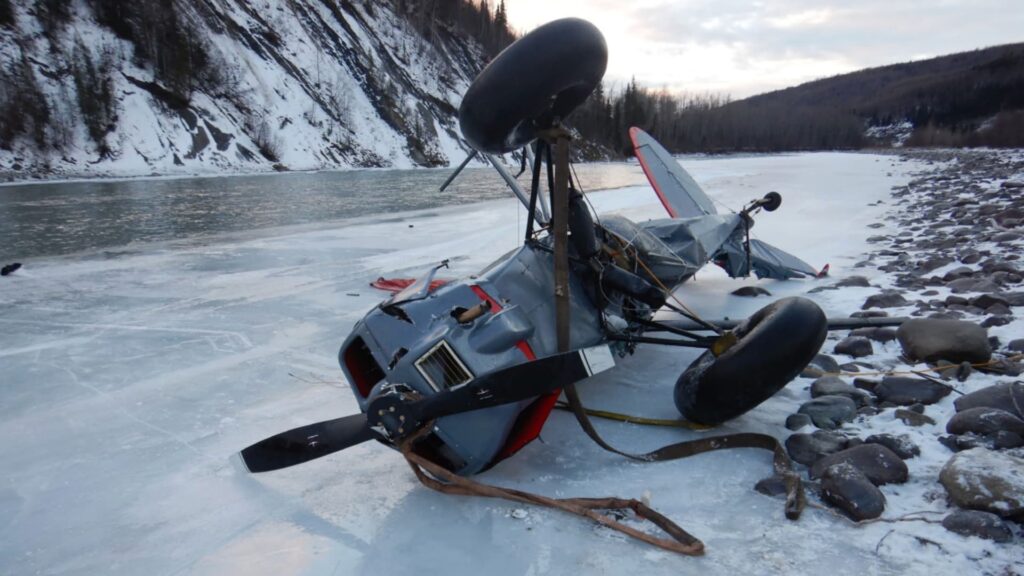

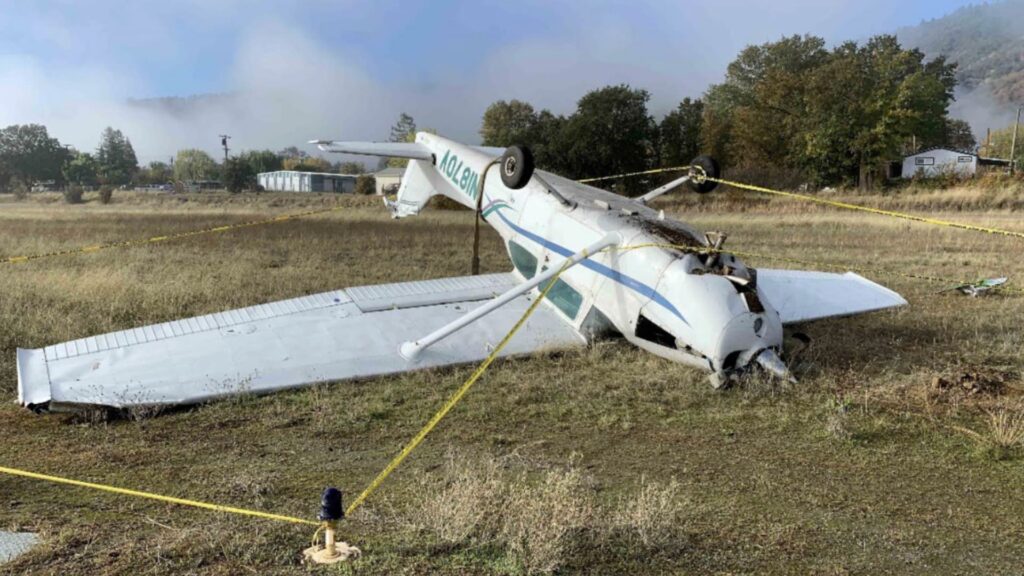
2 Comments
All well and good, BUT, why and when was the fuel selector moved out of the ON position?? Not during a normal shutdown, that’s for sure. Mixture controls accomplish that very well. No way for the NTSB to answer that, but you might have brought that issue up in your “analysis”.
“A few miles per hour into the takeoff roll and moments after liftoff, things went sideways—literally.”
Huh?